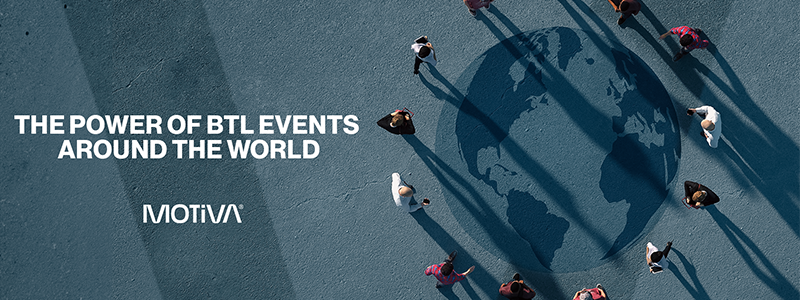In the realm of advertising and marketing, Below The-Line (BTL) campaigns are becoming increasingly popular for their effectiveness in creating personalized, immersive experiences. When it comes to events and exhibitions, BTL campaigns have been utilized by companies to generate remarkable results and engage with their audience in unique and memorable ways. In this article, we will explore some real-world case studies of companies that have achieved outstanding results through their BTL advertising efforts at corporate events and exhibitions.
-
Coca-Cola’s “Share a Coke” Campaign:
Coca-Cola’s “Share a Coke” campaign is a prime example of how a BTL strategy can leave a lasting impact. The campaign involved personalized Coke bottles with names and phrases, allowing consumers to find and share a Coke with friends and loved ones. At various events and festivals, Coca-Cola set up personalized bottle printing kiosks. Attendees not only purchased the customized bottles but also shared their experiences on social media. This campaign led to increased consumer engagement and a significant boost in sales.
-
IKEA’s “Reality Kitchen” Pop-Up:
IKEA is known for its creative marketing, and their “Reality Kitchen” pop-up at Milan Design Week was no exception. They recreated a kitchen that looked like a typical Instagram feed, featuring their kitchen products. The result? Attendees became participants as they snapped photos and shared them on their social media, creating a buzz both at the event and online. This approach successfully blended the physical and digital realms, making it an exemplary BTL campaign.
-
Adidas’ Interactive Sports Zone:
Adidas took BTL to a new level by creating an interactive sports zone at a music festival. Festival goers could test out their latest athletic wear and shoes in real-time by participating in mini sports challenges. This hands-on experience allowed Adidas to create a memorable connection with their audience, generate content for social media, and, most importantly, increase brand engagement during the event.
-
Red Bull’s Wings at Airports:
Red Bull’s “Wings at Airports” campaign was an innovative and immersive BTL effort. In various airports around the world, Red Bull created a space where travelers could relax, charge their devices, and enjoy free Red Bull. This campaign successfully portrayed Red Bull as a brand that provides an energy boost during travel. It also generated significant social media buzz with travelers sharing their experiences.
-
Netflix’s Stranger Things Mall Takeover:
To promote the third season of “Stranger Things,” Netflix recreated the Starcourt Mall from the series in a shopping center. The BTL campaign immersed visitors in the world of the show, complete with ’80s-style storefronts and activities related to the show’s characters. The result was an authentic and engaging experience, generating anticipation and excitement for the new season.
Finally, these case studies exemplify the power of BTL campaigns in events and exhibitions. By creating immersive, memorable, and shareable experiences, companies can engage with their audience in a more personal and direct way. BTL strategies not only leave a lasting impression on attendees but also drive increased brand visibility, engagement, and sales. As companies continue to innovate and create unique experiences, BTL campaigns are likely to play an even more significant role in the marketing landscape of corporate events and exhibitions.

